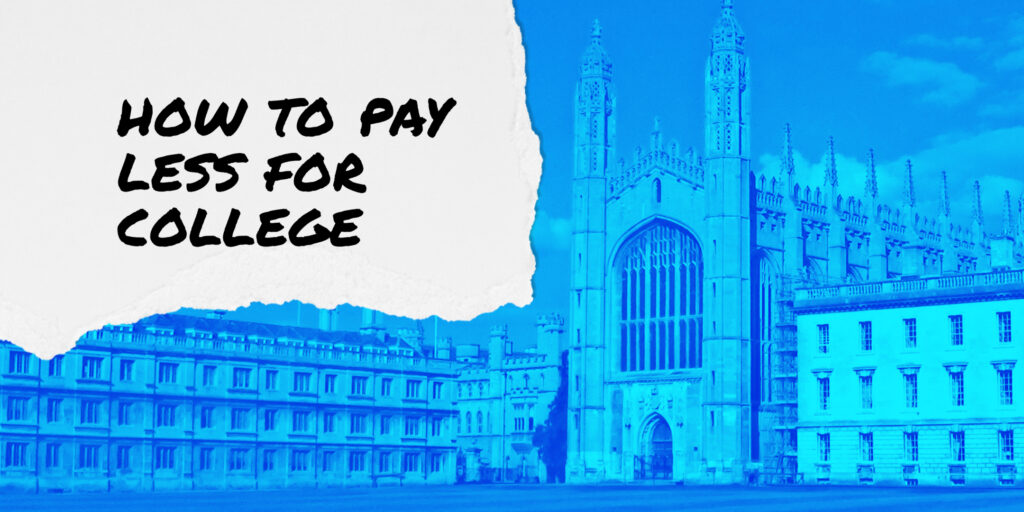
If you’re a parent of a college-bound teen, you know the stress this adds to your family. If you are like most parents, the money you saved for college has not kept up with the increase in tuition. If your son or daughter isn’t one of the ones who snag a full ride, you are going to be looking for ways to cut those college costs.
Here are just a few tips that might help you pay less for college:
Private vs. Public
Some parents believe that if you forgo the high-priced private universities, you can save some bucks. But is that really the case? The simple truth is that many private colleges give great financial aid in the form of grants and scholarships. They can do this because of their generous alumni who reinvest in their alma maters. Many times, you could end up paying less at an expensive private university than you would at a local state college.
3 years vs. 4 years
Imagine the money you can save if your child graduates in three years instead of the 4-6 years required by most college students. How is that done? First, if your teen has taken AP courses, make sure they take the AP tests and try to get college credit for those classes. It’s possible to chalk up 12-15 credit hours before they ever set foot on campus. Also, consider summer courses at your local community college. These classes are considerably less expensive and if your teen gets the core subjects out of the way, you can reduce the time they live on campus and the tuition expense.
Early Decision vs. Early Action or Regular Decision
If you apply early decision, letting colleges know that they are your first choice college, you lose your bargaining power. That bargaining power can mean huge dividends when it comes to financial aid. If your teen is accepted to several colleges and each offers them some grants and/or scholarships, you can use those offers to negotiate more aid with the college of your choice. Early decision robs you for that negotiation.
Get college credit before college
Charging by credit hour adds up; but there are two ways you can save money on those costs: AP classes and dual credit courses. If you enroll in AP classes during high school and take the AP tests after completion, many colleges will award you credit for those courses. You can enter college as a sophomore and graduate sooner.
Additionally, many high schools offer dual credit courses at a discounted rate, usually at local community colleges. Students take college courses simultaneously while attending high school. With the completion of these courses, the student receive college credit as well. It doesn’t take a math whiz to figure out that this is a huge savings.
